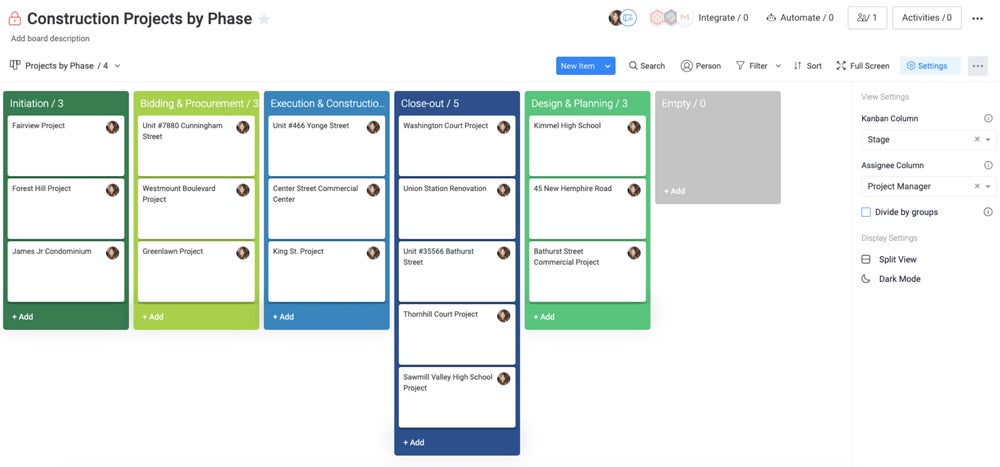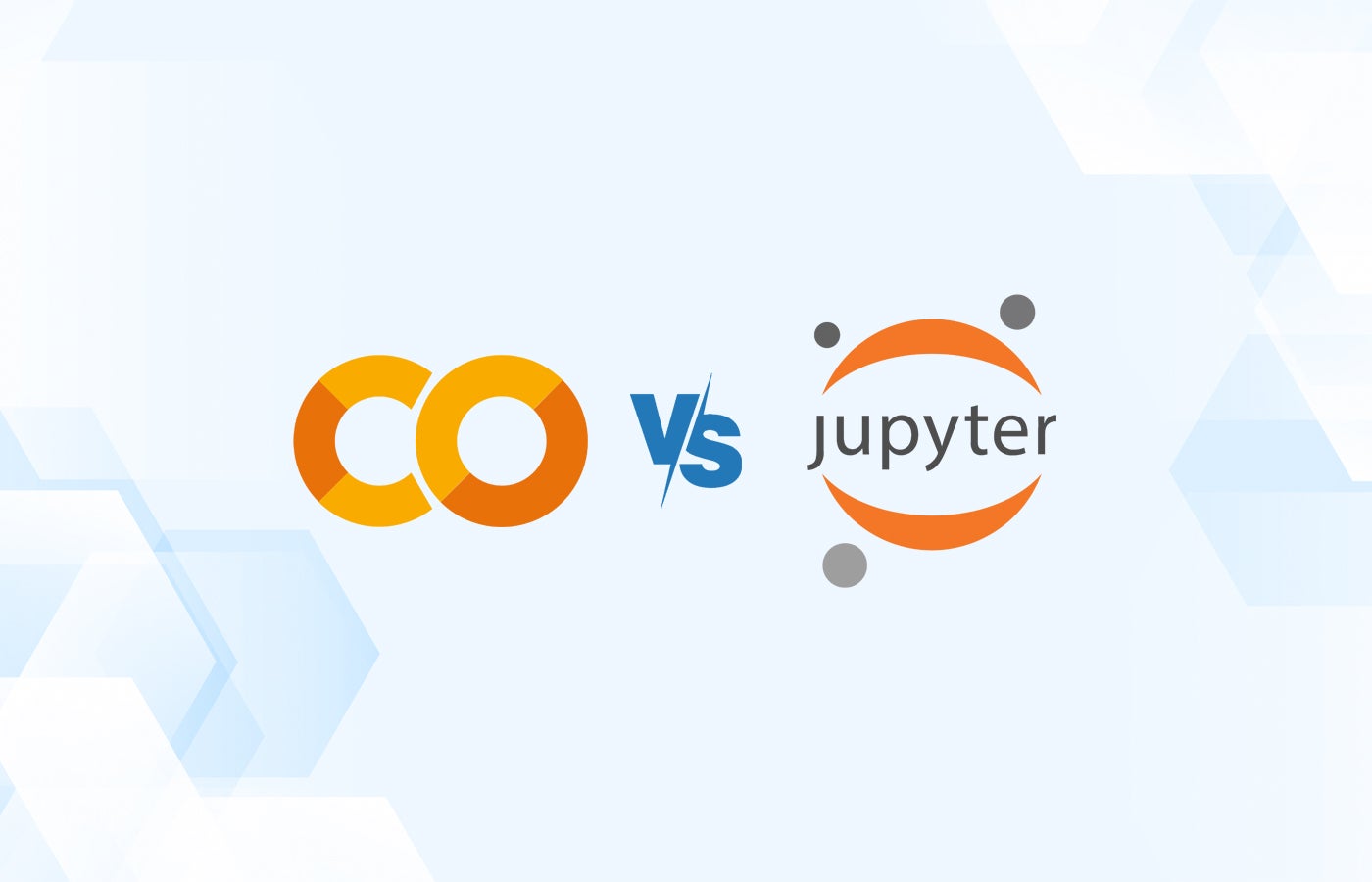Agile is a popular approach to project management that prioritizes flexibility, short work sprints, and gathering feedback.
Agile project management is a broad category that encompasses many specific project management methodologies. In this guide, we break down the pros and cons of the agile methodology, explain how to implement it, and investigate the five phases of agile project development.
1
Monday.com
Employees by company size
Micro (0-49), Small (50-249), Medium (250-999), Large (1000-4999), Enterprise (5000+)
Any size of company
Any size of company
Characteristics
Agile development, analytics/reporting, APIs and more
2
Wrike
Employees by company size
Micro (0-49), Small (50-249), Medium (250-999), Large (1000-4999), Enterprise (5000+)
Medium (250-999 employees), Corporate (5000+ employees), Large (1000-4999 employees)
Medium, Business, Large
Characteristics
Agile development, analytics/reporting, APIs and more
3
Fast base
Employees by company size
Micro (0-49), Small (50-249), Medium (250-999), Large (1000-4999), Enterprise (5000+)
Medium (250-999 employees), Corporation (5000+ employees), Large (1000-4999 employees), Small (50-249 employees)
Medium, Business, Large, Small
Characteristics
Agile development, analytics/reporting, APIs and more
What is Agile Project Management?
Agile is an iterative approach to project management that focuses on continuous delivery of results, incremental progress through sprints, and frequent collection of customer feedback. Many specific project management methodologies fall under the broader Agile framework, such as Scrum, Kanban, and Lean.
Agile originally emerged as a framework for software development projects, but its flexibility and effectiveness have made it a popular choice for many different types of teams looking for project management approaches. Agile works especially well for small businesses or for smaller teams within a larger company.
Benefits and disadvantages of agile project management
| Highly flexible, can be used for many types of projects and by many types of equipment. | Lack of documentation throughout the process can be difficult to overcome later. |
| Constant feedback gathering means that issues are identified and resolved quickly. | It often leads to scope creep due to the absence of established parameters. |
| Faster response times often lead to faster implementation. | Unpredictability can cause stress for team members and stakeholders. |
| Reducing bureaucracy frees up employees to work on value-added tasks rather than doing routine work. | There are no clear deadlines or end to the projects. |
| Multiple methodologies to choose from, so your team can select the one that works best. | It is difficult to predict final costs and therefore it is necessary to create a budget and stick to it. |
How to implement agile project management
If you're interested in implementing an agile approach to project management for the first time, there are some best practices you can follow to make the process as smooth as possible.
Here are our expert tips on how to implement Agile project management:
Fill in the knowledge gaps before you start
Agile is a broad project management approach that covers many possibilities, so it's a good idea to brush up on your knowledge before moving forward.
Determining if Agile is the right approach
Agile is a popular project management approach for a reason, but it's not the right choice for every project. Take a deep look at your project's requirements, goals, and team structure to see if Agile will be the most effective approach.
Choose a specific agile methodology
Once you've determined that Agile is a good approach for your project, you need to choose a specific methodology to use, such as Scrum, Kanban, Extreme Programming (XP), or Lean. Once you've chosen a methodology, stick with it throughout the project.
Gain buy-in from all stakeholders
If you are going to implement Agile, both the client and your team need to be involved. Discuss the Agile requirements with all relevant parties to ensure that everyone is willing and able to work.
Assemble your agile team
If you are new to Agile project management, you may want to bring in some Agile-certified experts to help you implement it. For example, if you are going to use a Scrum methodology, you will probably want to have experienced Scrum Masters and Product Managers on your team who have implemented Scrum project management before.
Create a plan for a small project
If you and your team are new to Agile, it's best to start with a small, simple project rather than a large, complex one. Learning a new project management methodology is challenging, and you want to set your team up for success without overwhelming them.
Choose the right tools for agile project management
You'll need the right software to successfully implement agile project management. Check out our recommendations for the best project management software, such as Smartsheet for growing teams and Wrike for larger teams.
Stay in touch with your team throughout the project.
You'll be getting feedback from customers and users throughout the project, so don't forget to ask your team for additional feedback on how Agile is (or isn't) working so far. This will allow you to address issues as they arise rather than giving them time to grow into bigger problems.
Organize a retrospective after the project is completed
Once you finish your first Agile project, schedule a debriefing with your team to discuss what worked and what can be improved next time. If your client is willing to do so, you should hold a debriefing with them as well.
Agile Project Management vs. Waterfall Management
Traditional project management, also known as waterfall project management, is a completely different approach than agile. Below are the main differences between waterfall project management and agile project management:
- With the waterfall methodology, teams follow a strict series of phases and must complete each stage before moving on to the next.
- Stakeholders set very strict deadlines, budgets and requirements at the beginning and adhere to them throughout the project, which contrasts with the flexible approach of Agile.
- In waterfall project management, team roles and responsibilities are very rigid and do not change throughout the project.
- Decisions are made by project managers in a top-down cascading fashion rather than having the entire team participate in decision making as in Agile.
- Traditional project management focuses on completing specific deliverables by specific dates rather than prioritizing alternative problem discovery and resolution as the Agile method does.
- The waterfall method uses longer project phases, as opposed to the shorter sprints of Agile.
- Traditional project management requires maintaining complete documentation throughout the entire process.

The five phases of agile project management
Agile project management uses a five-phase structure that is very flexible and adaptable to many types of projects. The five phases of Agile project management are:
- Keep: The client and team collaborate together to conceptualize the overall product or project and establish some initial requirements.
- Speculate: Stakeholders decide on a specific list of requirements and create milestones for the project based on them.
- Explore: Each team begins working on a single milestone, exploring possibilities to meet requirements within the project constraints.
- Fit: The customer provides feedback on the current iteration of the product and the team makes changes based on that feedback.
- Near: The final product or project is compared to the initial requirements list and any outstanding issues are addressed to finalize the deliverable.
Agile methodologies
There are multiple specific agile methodologies to choose from, depending on the team, goals, and industry. The four most popular agile methodologies are:
- Scrum: It is based on sprints, which are defined work periods of a certain duration, managed by specific roles such as the Scrum Master and the Product Owner.
- Kanban: Use a kanban board to visually manage work as it progresses through specific stages to completion.
- Extreme Programming (XP): Combines a rigid structure with very short, highly focused sprints to quickly deliver software products.
- Lean: It prioritizes reducing waste and increasing efficiency; it is especially popular in the manufacturing industry, where it originated.

Agile Project Management Principles
Agile management follows four core values and 12 principles, as described in the Agile Manifesto, published in 2001.
The four values are:
- Individuals and interactions over processes and tools.
- Working software with complete documentation.
- Collaboration with the client in the negotiation of the contract.
- Respond to change by following a plan.
The Agile Manifesto also outlines 12 Agile management principles that are derived from these four core values.
The principles are:
- Our top priority is customer satisfaction through early and continuous delivery of valuable software.
- Embrace changing requirements, even in the late stages of development. Agile processes leverage change to create competitive advantage for the customer.
- Deliver working software frequently, from a couple of weeks to a couple of months, with a preference for the shorter time frame.
- Business people and developers must work together daily throughout the project.
- Build projects around motivated people. Give them the environment and support they need and trust them to get the job done.
- The most efficient and effective method of conveying information to and within a development team is face-to-face conversation.
- Working software is the primary measure of progress.
- Agile processes promote sustainable development. Sponsors, developers, and users must be able to maintain a steady pace indefinitely.
- Continued attention to technical excellence and good design improves agility.
- Simplicity—the art of maximizing the amount of work not done—is essential.
- The best architectures, requirements, and designs emerge from self-organizing teams.
- At regular intervals, the team reflects on how to be more effective and then adjusts its behavior accordingly.












